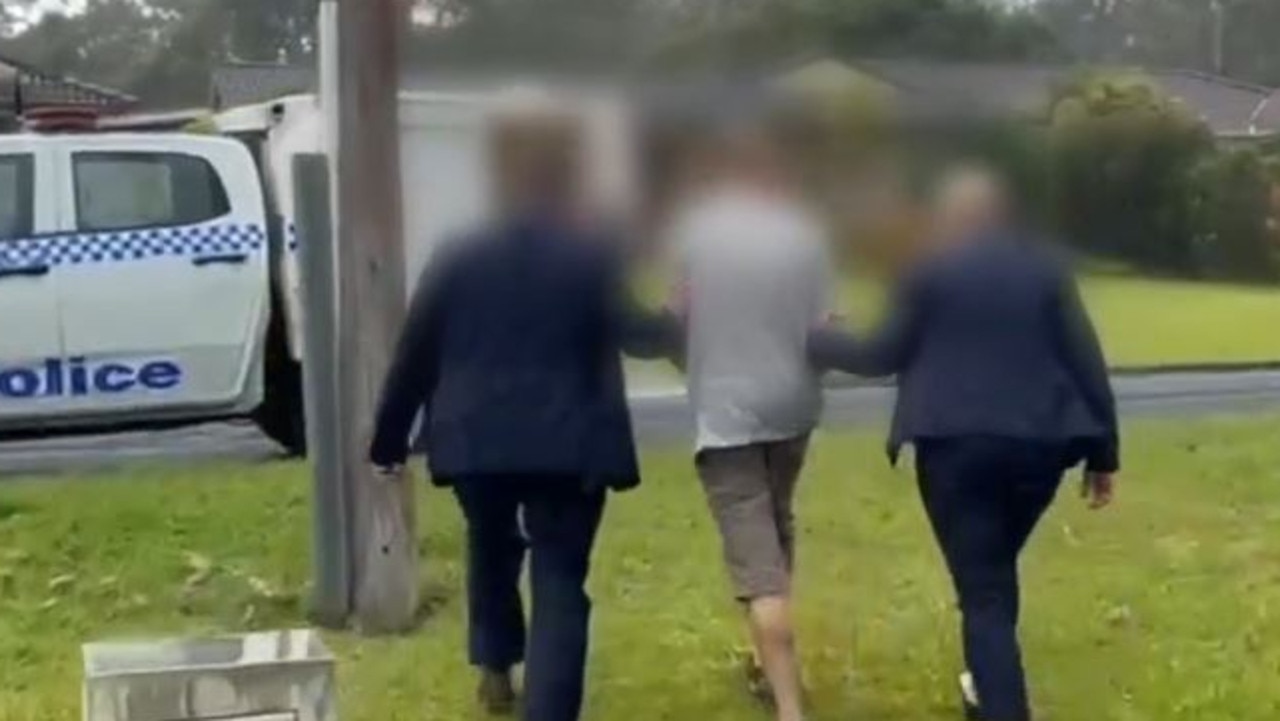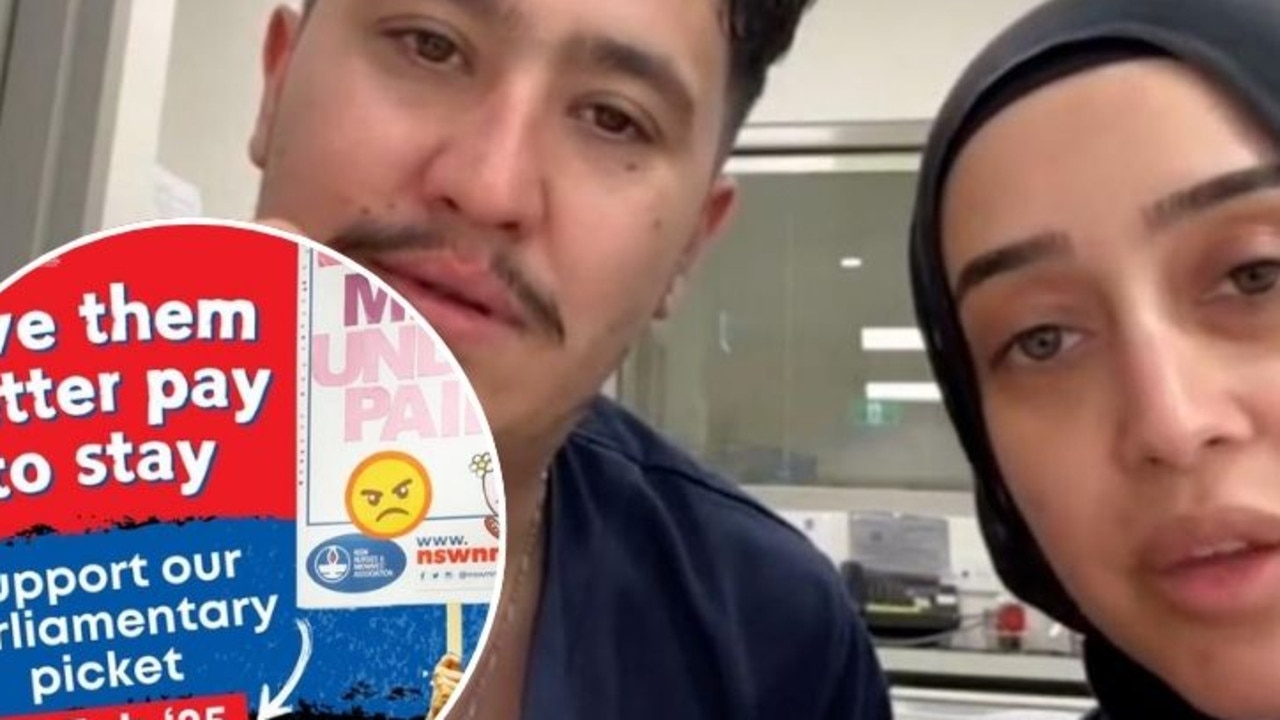NSW short-changed despite funds for Western Sydney roads
Federal funding to NSW is one of the few things that is down in Jim Chalmers’ Budget - to the tune of $1.3bn in revenue -it has led the Premier to call for a bigger slice of the pie. Here’s the latest.
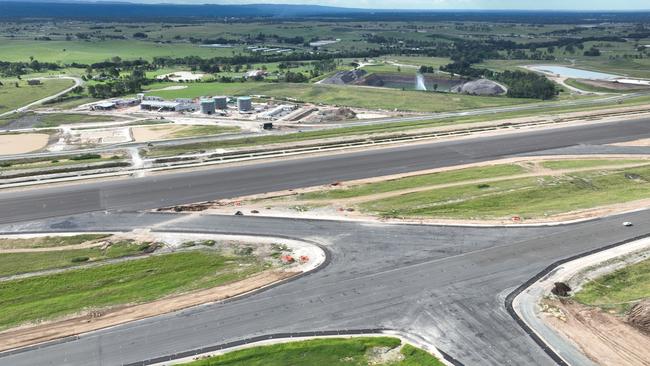
NSW
Don't miss out on the headlines from NSW. Followed categories will be added to My News.
Federal funding for NSW will fail to make up for unprecedented cuts to NSW’s share of GST revenue leaving the state $1.3 billion worse off to 2026-27 than forecast in the mid-year budget update.
Federal funding to NSW is among the only thing that is down in Treasurer Jim Chalmers’s third budget, which forecasts almost 1.4 million new migrants moving to Australia over the next four years – with more than 500,000 of those expected to settle in NSW.
Western Sydney will cop the brunt of that migration, putting further strain on infrastructure that has failed to keep up with population growth.
In an acknowledgment that NSW deserved more, Tuesday’s budget confirmed almost $2 billion more for new Western Sydney roads, following The Daily Telegraph’s Let’s Get Moving Campaign.
However NSW was short-changed on extra cash injected into existing infrastructure projects across the country.
NSW is also being dudded when it comes to funding despite making up almost a third of Australia’s total population.
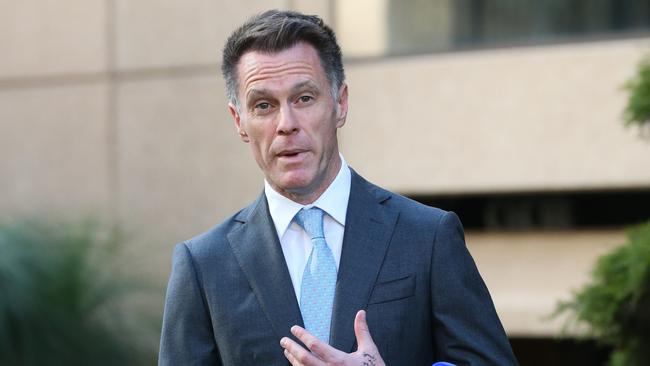
Carving up payments from Canberra by share of the population would leave NSW $26.5bn better off.
Premier Chris Minns has praised the Commonwealth for acting on The Daily Telegraph’s Let’s Get Moving Campaign but says he will continue to fight for NSW to get more cash from Canberra.
Tuesday night’s budget outlined billions of dollars in cuts to GST payments which the state government uses to pay for things like schools, roads and hospitals.
Mr Minns said those cuts were “not a shock” following an unprecedented cut to NSW’s GST share in March.
He reiterated his calls for the GST to be carved up in proportion to population size.
“We’ve made it clear that a per capita split on the GST is the only fair way of ensuring that states like NSW can grow contingent with the real pressures that we’ve got on our budget,” he said.
“I’m hopeful that as the federal government’s listen to us on Western Sydney infrastructure, we can make some headway on some of these other pressing issues that we’ve got,” he said.
The budget outlined $1.9 billion in funding for new road and transport infrastructure in Western Sydney.
NSW also got an additional $578.6 million for existing infrastructure projects, including $112 million to extend the M1 Pacific Motorway to Raymond Terrace.
“We’ve also seen the Commonwealth Government listen to (the Telegraph’s) campaign in relation to infrastructure in Western Sydney, which is good news,” Mr Minns said.
The Premier said he would continue to push for NSW to get a bigger cut from Canberra, including in funding for hospitals, schools, and infrastructure.
“That’s all to fight for,” Mr Minns said.
“We’ve got to duke that out between the states and the Commonwealth.”
NSW’s slice of the pie
NSW will get $52.37bn in total funding from the Commonwealth next financial year – $555 million less than NSW was forecast to receive in the half-year budget update.
This funding is forecast to grow to $55.83bn in 2027-28.
However, the proportion of total Commonwealth cash heading to NSW will actually decrease over the next four years, from 28.1 per cent of “total” federal funding to 27.6 per cent in 2027-28.
That’s despite NSW accounting for more than 31 per cent of Australia’s population from now until 30 June 2027.
If funding was divvied up based on NSW’s share of Australia’s total proportion, we would get billions of dollars more every year.
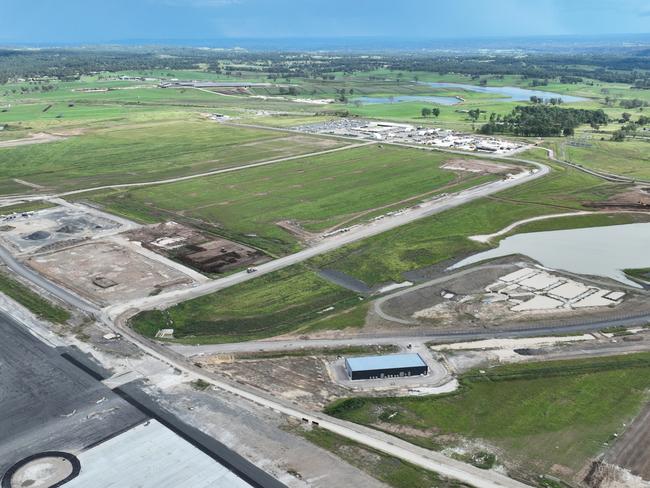
In the four years to 2027-29, NSW will get $215.4bn from the Commonwealth. Under a proportional funding model the state would receive almost $242bn.
Payments for “specific purposes” for NSW will increase by $3.6bn over that time, but $4.9bn in cuts to GST will outstrip the extra cash from Canberra.
NSW is forecast to get $25.84bn in “GST-related payments” next financial year, or almost 27.6 per cent of all GST payments doled out by Canberra.
The proportion of GST payments NSW is set to receive will fall to just 27.1 per cent by 2027-28.
Ahead of the federal budget, Premier Chris Minns has been loudly calling for NSW to get a better deal considering we make up the majority of the population.
Mr Minns has complained that current funding arrangements are not “fair” considering NSW is the biggest state and takes 37 per cent of all new migrants.
Treasurer deflects
Treasurer Jim Chalmers has refused to acknowledge that NSW residents were losers of Tuesday night’s budget after it was revealed they were left short-changed by a $1.3 billion cut to the state’s GST revenue.
Radio host Ben Fordham offered the Treasurer a chance to apologise for the snubbing, but Dr Chalmers deflected and instead said the state has done “really well out of the budget.”
“A heap of new infrastructure projects with a big emphasis on western Sydney,” he said to the 2GB host on Wednesday morning.
“New housing investments, new health investments, NSW is a big beneficiary of our budget.”
“But we’re 1.3 billion worse off,” Fordham replied.
“Some of the GST is down because consumption (is) down, it applies to everyone, some of it is a consequence of the independent determination of the Commonwealth Grants Commission,” Dr Chalmers responded.
“But if you look right across the budget, NSW (are) big winners out of our budget, billions and billions of dollars in new investment including in new infrastructure in western Sydney.”
Roads
As first revealed by the Telegraph last week, $1.9 billion will be spent in Western Sydney. That includes $900 million to upgrade key roads around the Western Sydney Airport and Aerotropolis: Elizabeth Drive and Mamre Road.
NSW will get almost half of the money Tuesday night’s budget pledged for “new” infrastructure projects across Australia, but just five per cent of all new money injected into “existing” projects.
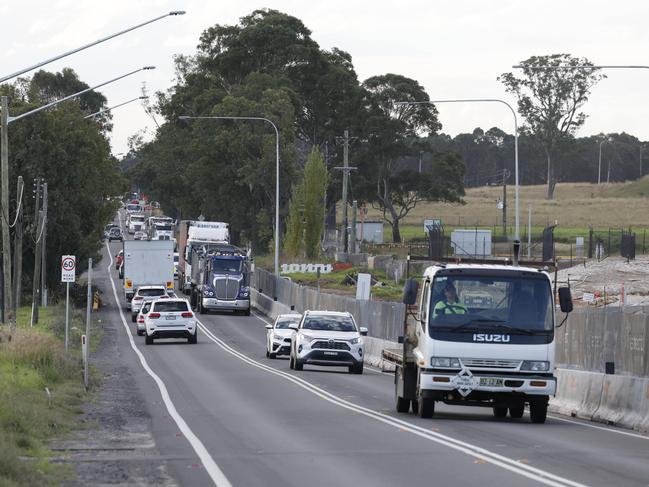
The budget pumped an extra $10.1bn over the next 11 years for infrastructure projects already in the Albanese government’s Infrastructure Investment Program.
Just $578.6 million of this will be spent in NSW, including $112 million to extend the M1 Pacific Motorway to Raymond Terrace.
An extra $300 million will be spent to operate the Western Sydney Airport, and a Circular Quay Renewal Program will get $220 million.
In total, the Albanese government is spending $20.8bn on NSW infrastructure over the next ten years, including $4.4bn in 2024-25, according to a budget fact sheet distributed in the lockup on Tuesday.
Migration
The number of migrants forecast to move to Australia this financial year has been revised up compared to last year’s budget, before numbers fall over the next four years. Australia’s net overseas migration is forecast to be 395,000 in the year to July, which is 20,000 more than forecast in the mid-year budget update
From 2023-24 to 2027-28, an extra 1,380,000 migrants are expected to move to Australia. Based on long term trends, 510,600 – or 37 per cent – of those will call NSW home.
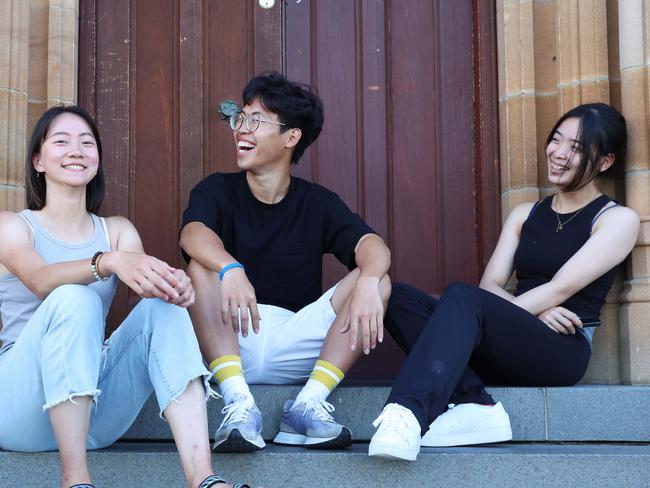
The great exodus of NSW residents moving interstate is forecast to peak by July, with 28,200 people expected to leave the state before July - almost 5,000 more than was forecast in last year’s budget.
NSW’s interstate migration numbers are then predicted to fall, with 23,100 people expected to move interstate in 2024-25, and 20,000 predicted to leave the year after. Interstate migration from NSW is predicted to increase slightly to 20,100 the year after and 20,300 in 2027-28.
NSW can expect a population of 8.971 million by 30 June 2028.
Wi-Fi on trains
Train commuters who have struggled with internet black spots travelling between Wyong on The Central Coast and Hornsby, will soon be able to make calls with the federal government promising to fork out $2 million to install Wi-Fi and enable mobile connectivity along the train route.
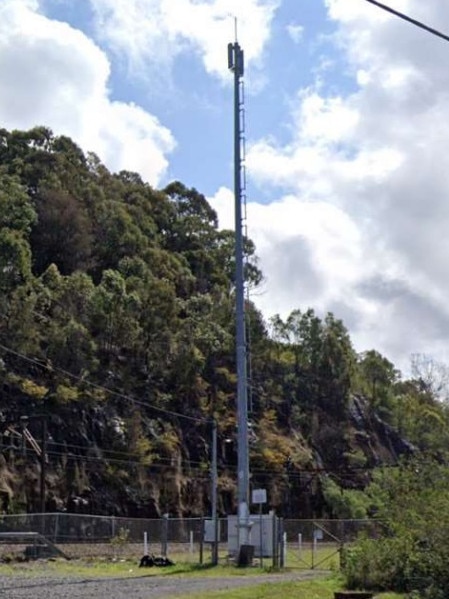
The route which winds up through bushland towards The Central Coast from Sydney and parallel to the M1 has long been a source of frustration to commuters.
Despite other massive internet black spots across the country, the small stretch of rail is the only that has targeted in the federal budget for the upgrade.
An additional $50 million will be spent in providing mobile phone reception on regional highways and major roads across the country as part of the Regional Roads Australia Pilot Program.
In contrast, the Northern Territory will only get $2.7 million to provide mobile reception across all its regional and remote communities.
(A little) school funding
The 2024 Budget has set up a school funding fight between federal Education Minister Jason Clare and his NSW counterpart Prue Car by neglecting to substantially increase the Commonwealth’s contributions to the state’s public schools.
In 2024-25 funding for NSW government schools will cost the Commonwealth nearly $3.4 billion, rising by only $110 million from this financial year – a far cry from the nearly $800 million lift the NSW government is vying for.
Meanwhile, funding for non-government schools in NSW will increase to $5.67 billion next year and $6.4 billion by the 2027-28 financial year.
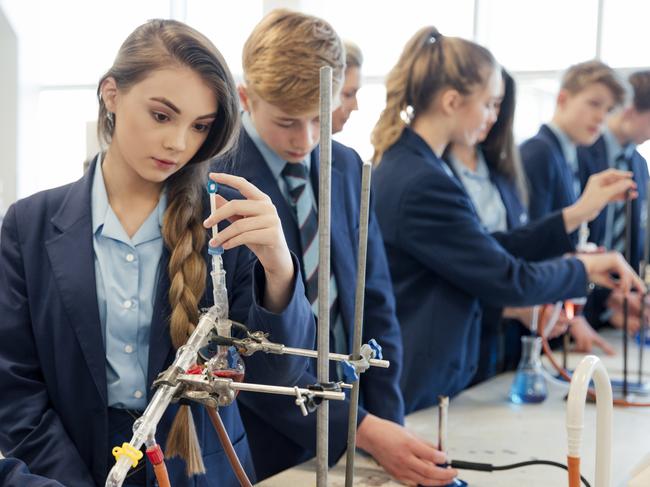
The budget’s revelations confirm Minister Car and fellow education ministers in Queensland, South Australia, Tasmania, Victoria and the ACT have been snubbed in the nation’s accounts after they rejected a 2.5 per cent increase that would take the federal contribution to 22.5 per cent of the ‘school resourcing standard’ (SRS) for public schools.
The Northern Territory and West Australian governments both accepted the deal, a decision Minister Car said was “disappointing” in a column written for The Daily Telegraph earlier this year.
In April, Minister Car said she would “stand firm” on the NSW government’s terms of a 75/25 split.
“The Commonwealth government funds private schools more than they fund public schools and we just can’t look teachers, students and parents in the eye anymore, and say that that’s okay,” she said.
High speed rail planning
Taxpayers are set to be slugged a massive $55 million this year alone for the Federal Government’s High Speed Rail Authority to just deliver a “plan on how to develop” a high speed rail projects including the long-promised Newcastle to Sydney line.
The cash-splash will see the HRSA appoint a permanent chief executive, who was hired in December, and “develop a communications strategy” for the touted vision for high speed rail.
In the next financial year, budget papers confirmed the authority will be required to develop a business case for the Sydney to Newcastle section of the network, with the “proposed alignment, station locations, the type of train to be used, the estimated cost and time frame for construction”.
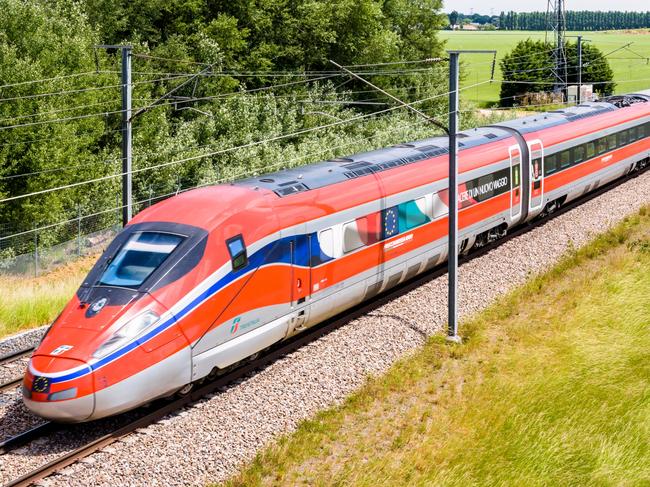
“The increase in revenue from Government from $33.7 million in 2023–24 reflects the funding profile for the work associated with the development of the business case for the Sydney to Newcastle section of a high–speed rail network,” the budget papers stated. “Total budgeted expenses for the HSRA in 2024–25 are $55.1 million, including $5.4 million in employee benefit expenses and $49.7 million in supplier expenses.
“Supplier expenses includes contracted services, consultancy, travel and other administrative costs.”
Upgrading Qtopia
Sydney’s lesbian, gay, bisexual, transgender and queer community have scored a million-dollar contribution to preserving and displaying their history, with the federal budget revealing additional government funding for Australia’s only dedicated LGBTQIA+ museum.
The Commonwealth will provide $1.5 million in 2024–25 to the NSW government to support upgrades to Qtopia Sydney, funded by the Treasury through the Department of Infrastructure, Transport, Regional Development, Communications and the Arts.
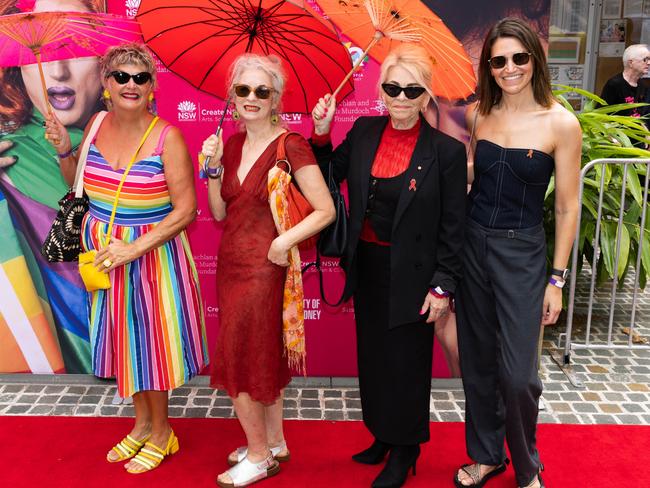
Based out of the old Darlinghurst Police Station, where queer people were subjected to police brutality during the heights of institutionalised homophobia and laws prohibiting homosexual acts, the Qtopia museum was created as a centre for celebrating and educating on LGBTQIA+ history and culture.
The museum had previously been allocated $3.9 million by the NSW government in last year’s state budget for its transformation from a disused historic site into a safe space for all people to explore their identity.
Legal support for bushfire victims
Victims of the Black Summer bushfires as well as the horrific floods which smashed the NSW North Coast in 2022 will get legal help for another two years, in a Commonwealth bid to provide support to hundreds of people whose lives were shattered by the natural disasters.
Budget papers reveal the Australian government will provide funding for community legal centres in NSWales and Queensland in areas that were impacted by the 2019-2020 Black Summer bushfires and the 2022 floods which struck northern NSW, particularly the town of Lismore.
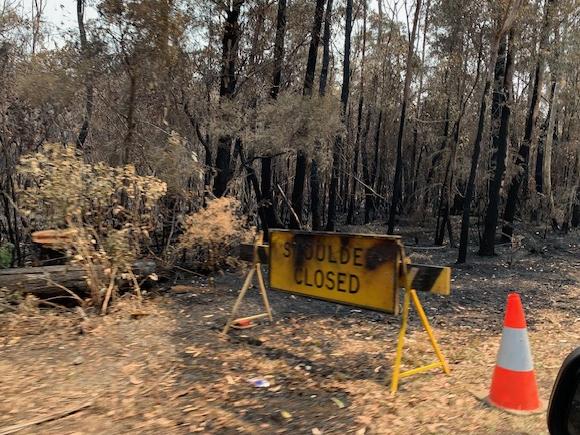
“This funding will help meet the increase in demand for legal assistance services to individuals, small businesses, and primary producers following these unprecedented natural disasters,” the budget papers state.
The papers outline that NSW will get $1.8m each year for the next two years for the services, while Queensland will get $1.3m each year over the same period.
Drought-resistant farming (but not fire ant prevention)
The investment from the Future Drought Fund will be used to fund program helping the country’s farmers prepare for future dry spells.
Of this money, $132 million will be spent over eight years on Drought Resilience Adoption and Innovation Hubs designed to support drought resistant farming practices.
While Mr Hegarty said many farmers would be pleased with the emphasis on drought prevention in the budget, he said he was disappointed with there wasn’t more money available to fight red fire ant infestations in northern NSW, instead leaving it for the state to solve.
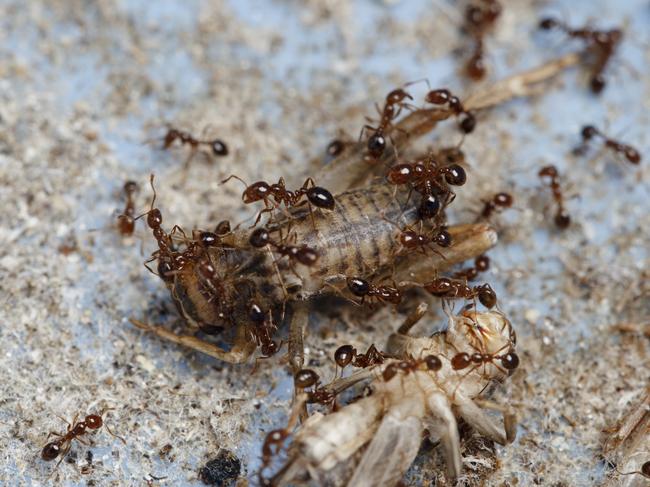
While the Albanese government has contributed an additional $268.2 million over four years towards the National Red Imported Fire Ant Eradication Program, the money has been targeted in Queensland.
Mr Hegarty believes NSW needs to see more of that contribution. As the fire ant infestation slowly makes its way into NSW, he believes all livestock farmers could be at risk.
“The Federal government needs to lead all states in dealing with the eradication of this – if we don’t control this – it’s going to be a threat to the entire livestock industry,” he said.
Developing Western Sydney
More than $300 million will be urgently pumped into Western Sydney International Airport in a bid to get the new facility off the ground, forming part of more than $2 billion in funding set to be rolled out over the next decade in the city’s west.
The federal budget reveals a $302.6m spend over five years on the airport at Badgerys Creek, focusing on border security and biosecurity, starting off with $78.2m immediately being pushed out the door in 2024-2025.
The funding will include $237.4m over four years for the design and fit out of the passenger terminal, as well as covering the cost of federal policing and detector dogs.
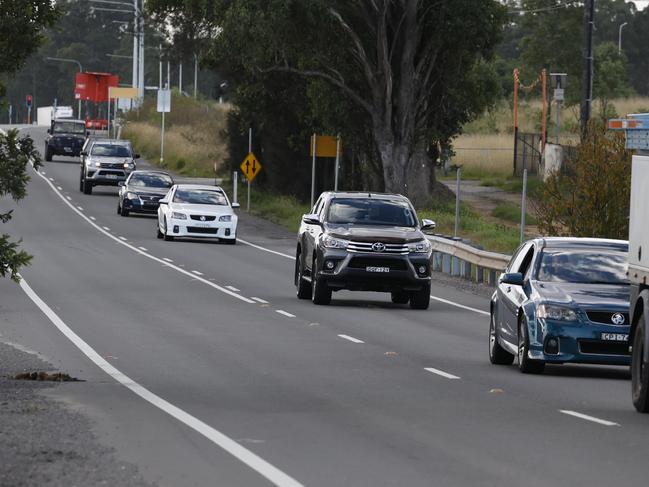
It comes just two years out from the airport opening to freight and passengers in 2026.
The cash for the airport comes alongside the $1.9 billion for western Sydney roads and public transport, announced in the weeks ahead of the budget and confirmed in the documents.
The near $2b – announced by the government following The Daily Telegraph’s ‘Let’s get moving’ campaign pushing for fairer roads funding – will include desperately-needed funds to upgrade roads around the aerotropolis precinct surrounding the new airport.
That will include $500m for the upgrade of Mamre Rd in Kemps Creek – which has been touted as a future jobs hub – as well as a $400m revamp of Elizabeth Drive near the airport.
Future public transport around the region will also be beefed up by $100m scheduled for zero emission rapid bus infrastructure, which will connect the western Sydney hubs of Penrith, Liverpool and Campbelltown to the new airport and the aerotropolis city-centre, Bradfield.
Treasurer Jim Chalmers in his budget night speech on Tuesday pledged the government would focus on “opening Western Sydney to the world with $2.3 billion for better infrastructure and the new international airport”.
However other projects which had their funding stripped late last year in the federal government’s infrastructure review won’t have their cash reinstated, leaving the NSW government to work out how to cover the shortfall.
That includes the M7-M12 interchange – one of the 17 NSW projects stripped of funding late last year in the infrastructure review – which will not receive support, with NSW Treasurer Daniel Mookhey’s calls for the Commonwealth to “return the funding” falling on deaf ears.
It means the NSW government will have to juggle cash from other projects, some of which are funded in the $1.9 billion western Sydney roads and transport package, to fund the interchange.
When completed the interchange will connect the M7 motorway to the new M12 motorway which will provide a direct link to the new airport.
Outside of Western Sydney there is a smattering of cash for other roads infrastructure, with $578.6m for projects across NSW.
That includes a handful of major road upgrades in regional NSW, with $112m for the M1 Pacific Motorway Extension to Raymond Terrace, near Newcastle.
That region will also get $137.5m in the next year to pay for an upgrade to Nelson Bay Rd at Williamtown.
Originally published as NSW short-changed despite funds for Western Sydney roads

